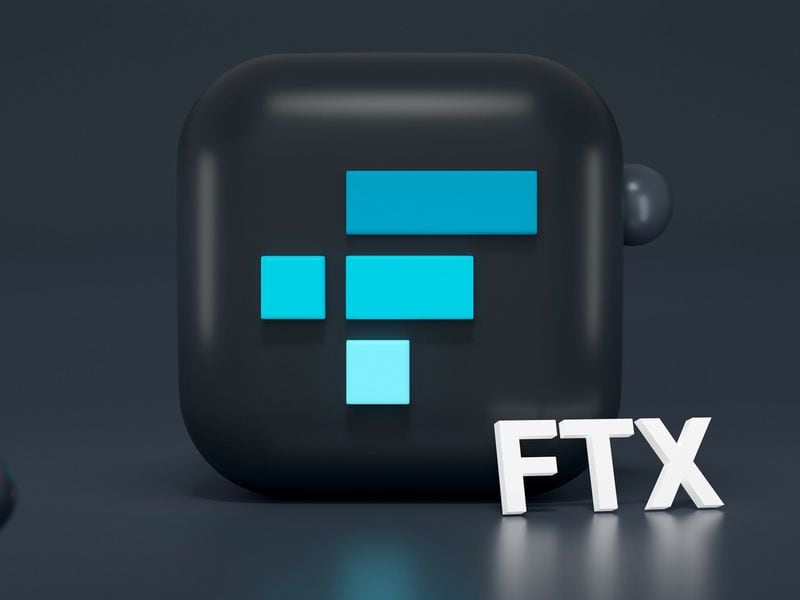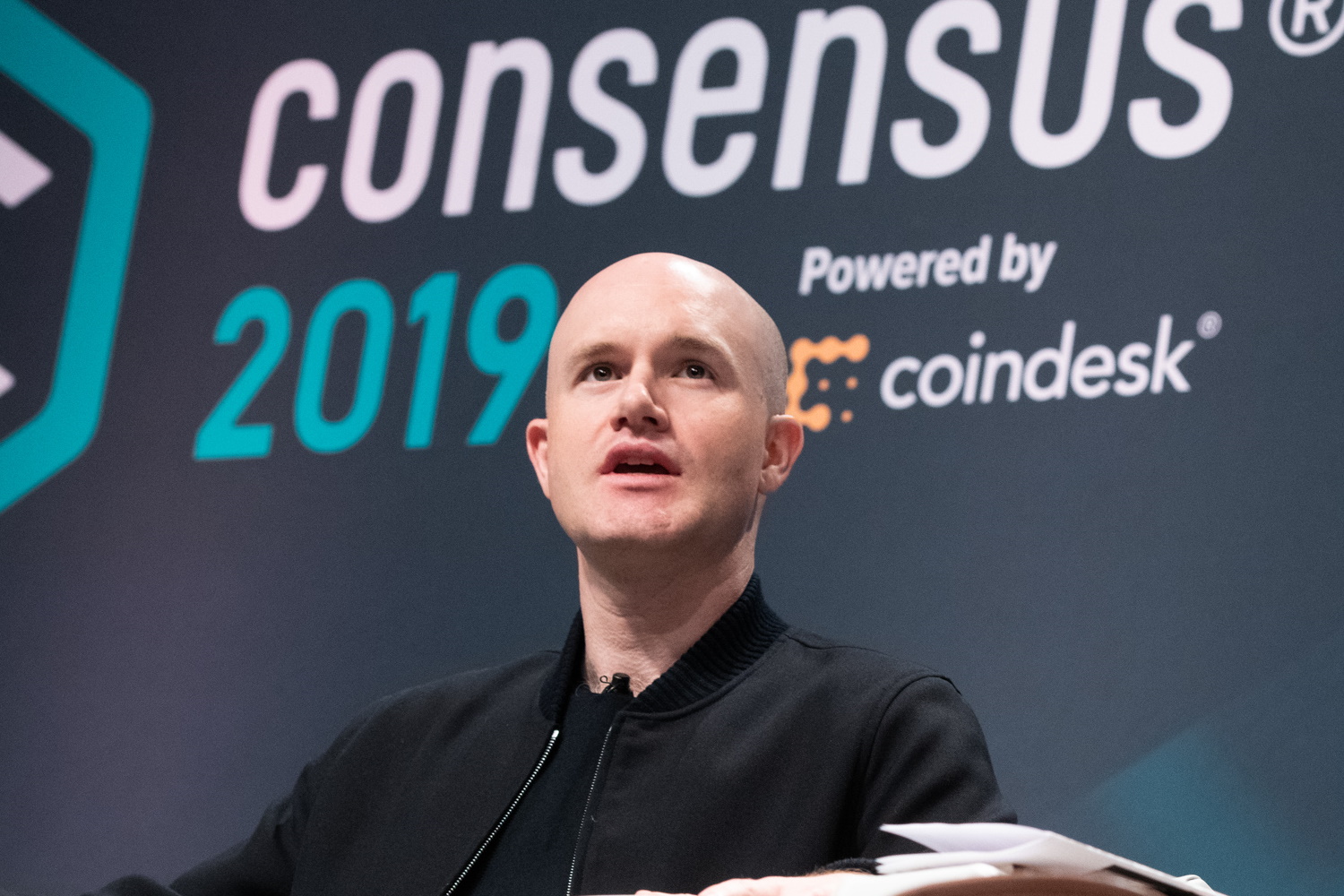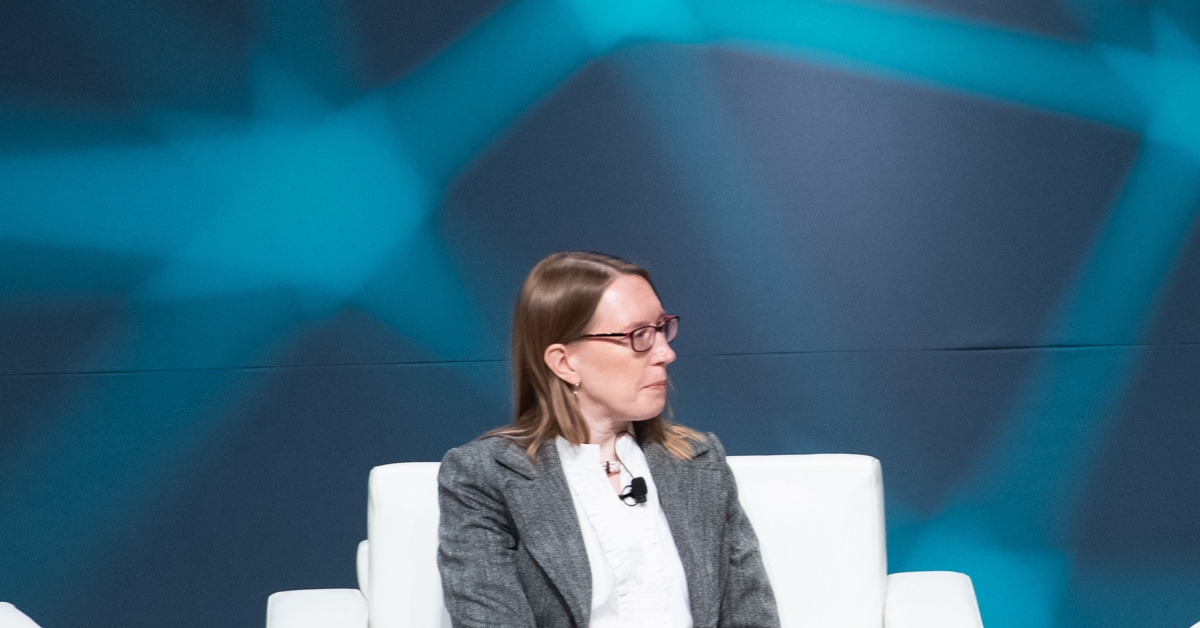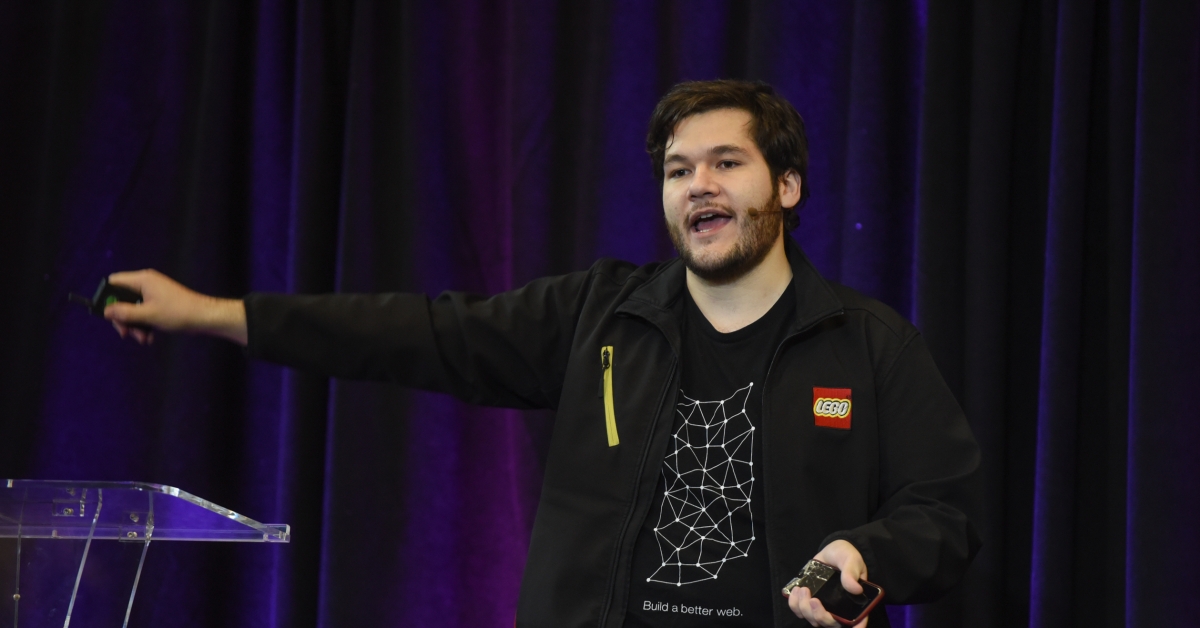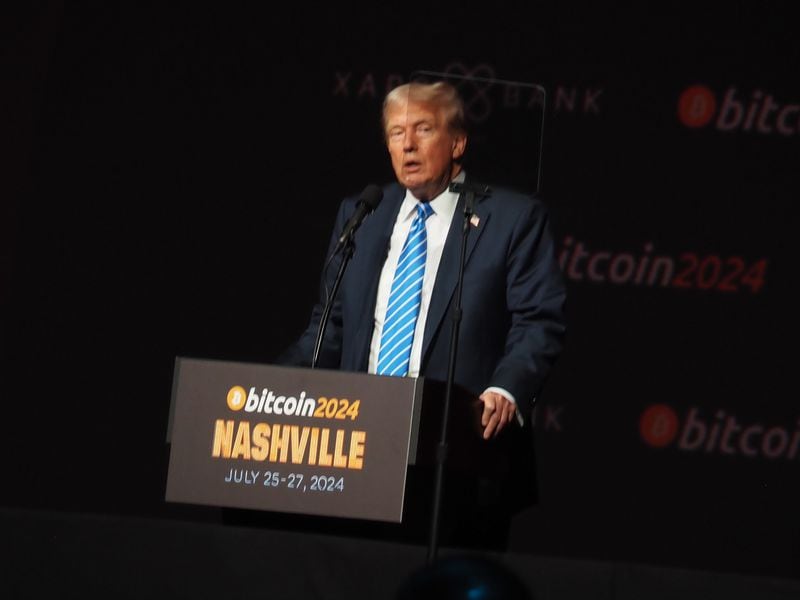In Crypto’s ‘Autonomous Worlds,’ Creators Are Architects and Users Are Stakeholders
“Web 3.0 is about creating a truly decentralized web, where individuals are in control of their own data and have true ownership and sovereignty over their online identities.” – Balaji Srinivasan
Web 2 deserves a lot of credit. It gave us interactive platforms where non-celebrities could build audiences of millions with almost no friction. It allowed us to circumvent the gatekeepers of culture: the networks that controlled information throughout the twentieth century. But the same centralization problems that plagued the pre-Facebook attention economy have re-emerged over the past decade as a few dominant platforms capture an even greater share of global attention than the mega-corps of the 20th century.
In Andreessen Horowitz partner Chris Dixon’s blog “Why Decentralization Matters,” he shows how the S-curve modeling the extractive relationship between tech platforms and users was flattening, and how more and more was getting stripped from users over time. And it’s not just users; the same goes for all businesses, developers and creators that rely on these platforms.
:format(jpg)/cloudfront-us-east-1.images.arcpublishing.com/coindesk/UZ4FS6ZM4BFAFC5F5GRTWAOOFM.png)
Most of their efforts over the past five years have focused on extraction, running more ads to increase profit with only meager efforts to redistribute the nearly $400 billion in net income they earned since 2018 to creators.
Of course, Big Tech founders deserve a little credit. Alphabet’s YouTube and Web 2 newcomer TikTok have made being a “creator” or “influencer” a viable career path for tens of thousands of people. YouTube, which accounts for around 11% of Google’s total revenue, has a generous revenue share of up to 45% for large creators. TikTok’s revenue share is far lower, but many creators can earn a decent living selling ads on their pages that they negotiate on their own.
The real problem with Web 2 is not their limited revenue-sharing, it’s the fact that creators are subject to the whims of platforms whose interests are increasingly divergent from their own. The ever-present risk of deplatforming and obscure algorithms determines the fate of every creator. Of course, many other smaller creators have been quietly deplatformed without redress and entire sites, including OnlyFans and Patreon, have mass demonetized their creator-bases without warning.
Beyond boundaries, beyond centralization
While Web 2.0 introduced us to a new age of content consumption, it still binds creators to the mercy of centralized platforms. The desire for true ownership, not just of content but of entire digital realms, leads us to the next frontier: Autonomous Worlds (AWs). These aren’t mere constructs in the vast expanse of crypto terminology but represent a profound evolution in our digital interactions and experiences.
Pioneered by Oxparc, these digital realms stand apart from typical Web 3.0 environments. Their distinction lies in their hard diegetic boundaries (within a world), meticulously formalized introduction rules, and the absence of any privileged gatekeepers.
In these worlds, creators are not just contributors; they are architects
In these decentralized landscapes, the relationship between creator and consumer transcends traditional boundaries. Instead of being limited by platforms, creators can craft entire universes and consumers can engage in ways previously unimagined. Imagine a virtual art gallery where artists not only showcase their creations but where the certain elements of the digital space itself are edited, changed and evolve based on collective decisions.
Or consider a massive online game where the rules aren’t set by a single developer but are shaped and reshaped by its players. There are rules and spaces set up at its creation. Going forward edits are approved with consensus, new societies and interactions change, possibilities offered by AWs. (Disclaimer: ARPA builds Randcast, a random number generator that aims to ensure verifiable randomness in digital spaces and AWs).
If Web 2.0 was about giving voice to individual creators, Autonomous Worlds is about granting them the power to shape entire digital ecosystems. The transition from individual content pieces to expansive, interactive worlds marks a shift from mere creation to holistic world-building.
In these worlds, creators are not just contributors; they are architects, shaping the very fabric of digital reality. And consumers? They’re not just passive viewers. They become active participants, stakeholders and even co-creators. The lines blur, forming a collaborative tapestry of interaction, engagement and shared ownership.



